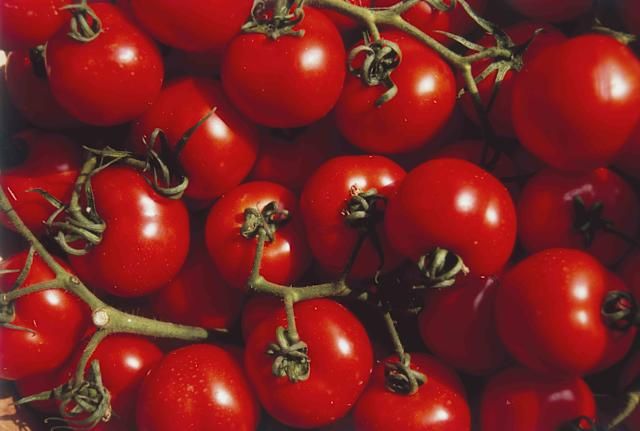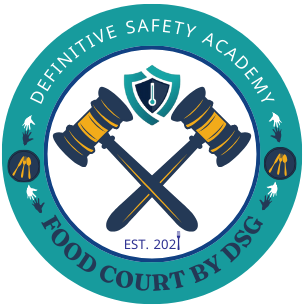A fresh wave of salmonella illnesses is under investigation across Europe after another 50 people have fallen ill in what health officials describe as a seasonal tomato-related outbreak.
Here’s a concise overview of what’s happening, the risks, and how you can stay safe.
Here’s a concise overview of what’s happening, the risks, and how you can stay safe.
What’s Going On
Why Tomatoes?

Symptoms & Who’s Most Vulnerable
What Should You Do if You Bought These Tomatoes?
What Authorities Are Doing
How You Can Protect Yourself

Final Word
Latest from our blog
Contact Us
admin@thefoodcourtdsg.com
-
Get in Touch
-
5065 Deer Valley Rd, Ste 114 Antioch, California 94531
-
(925) 237-9095
admin@thefoodcourtdsg.com
-
Quick links
-
Home
-
About Us
-
Affiliate Program
-
Blog
-
Podcast
-
Top Courses
-
Elevating Food Safety Standards Globally

